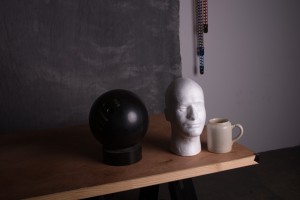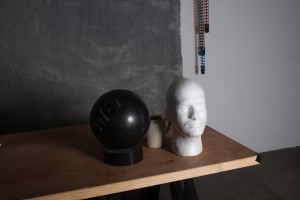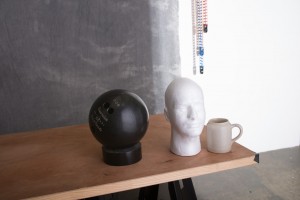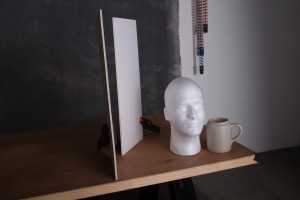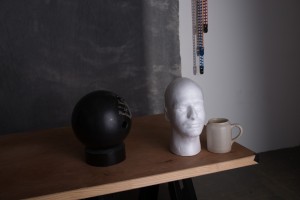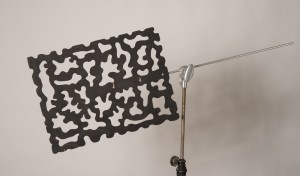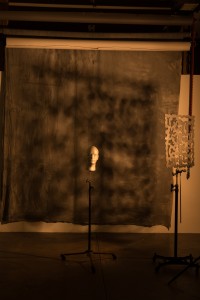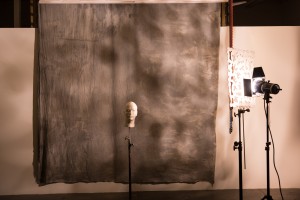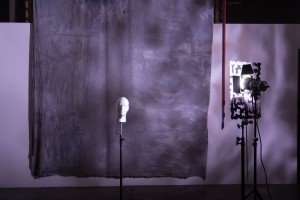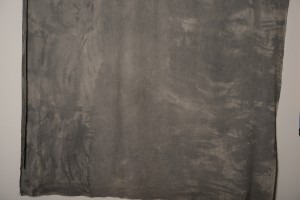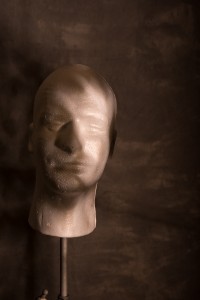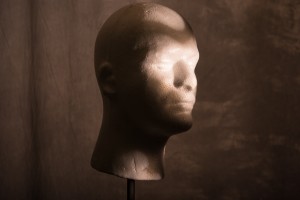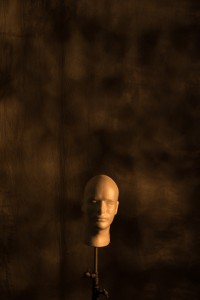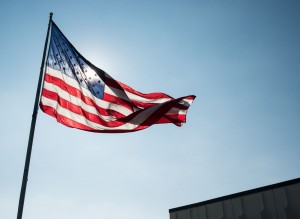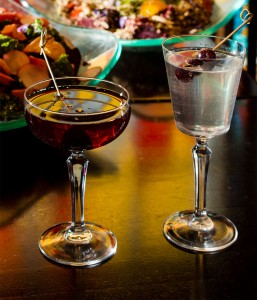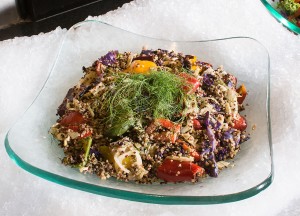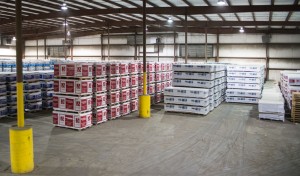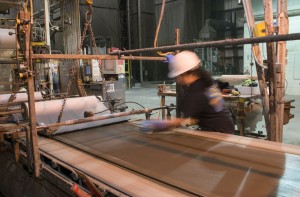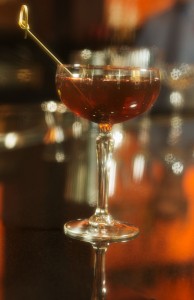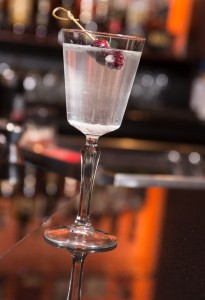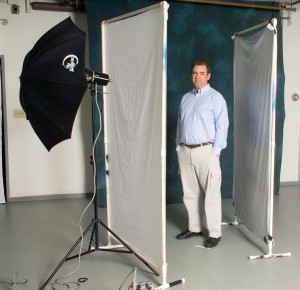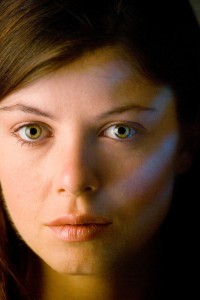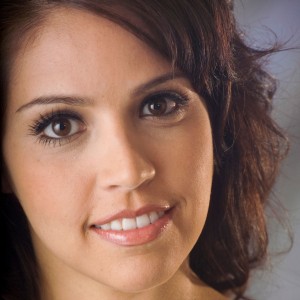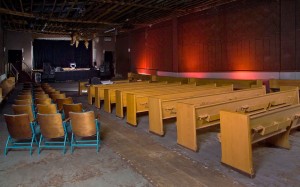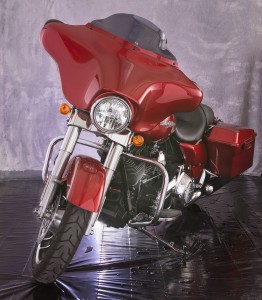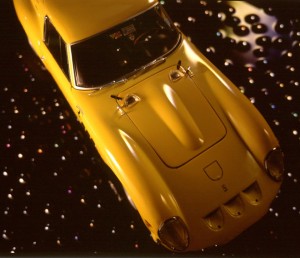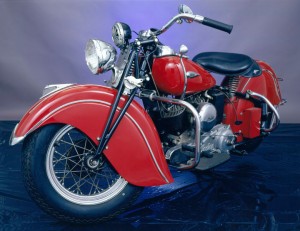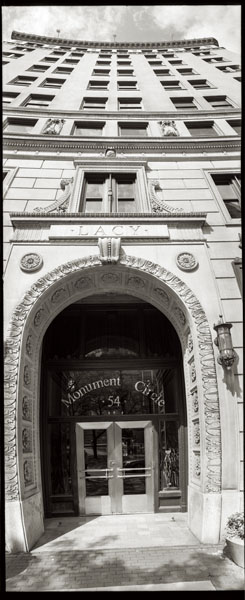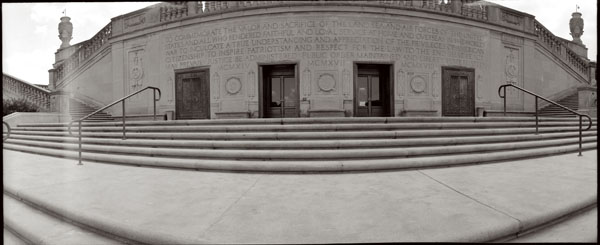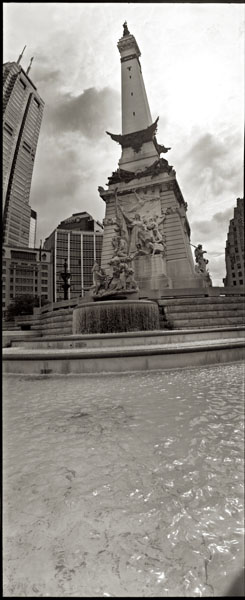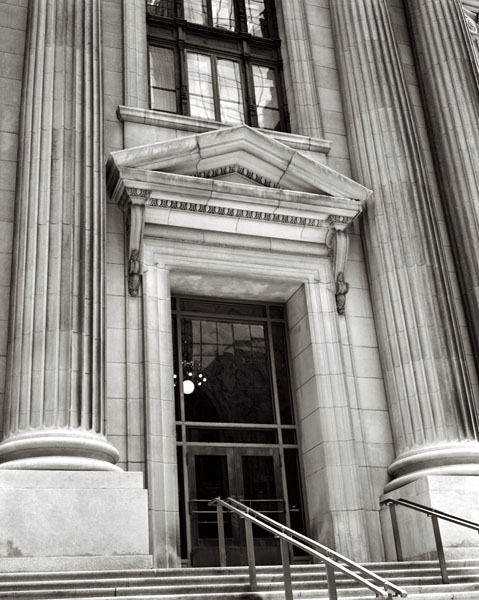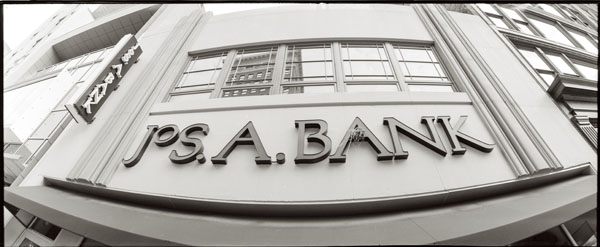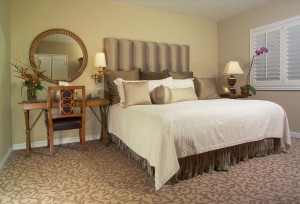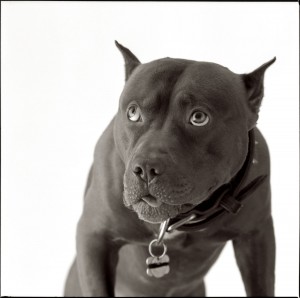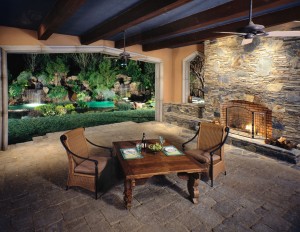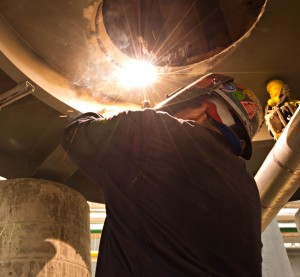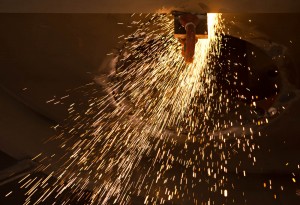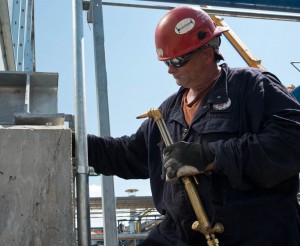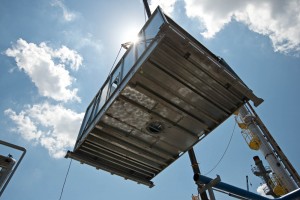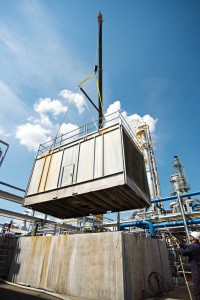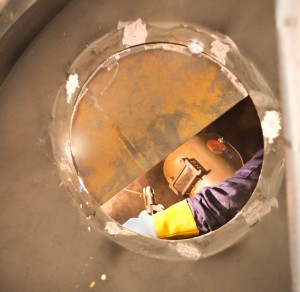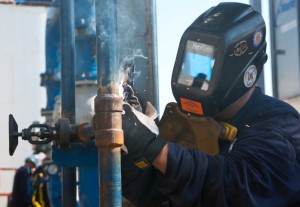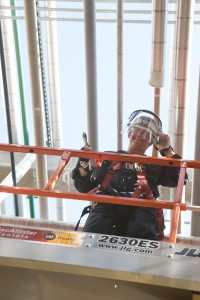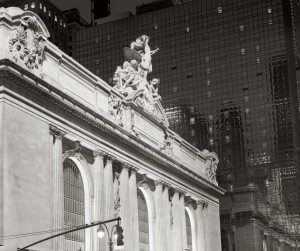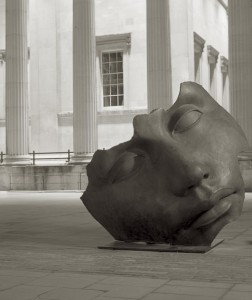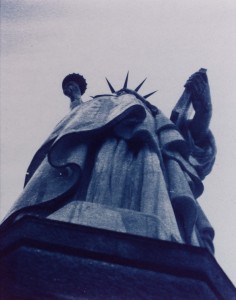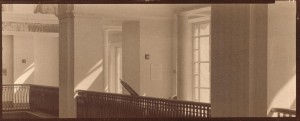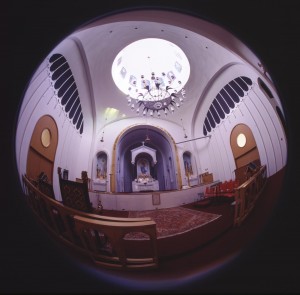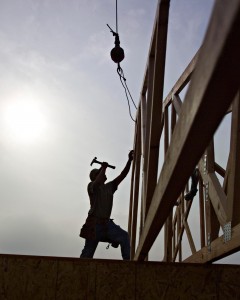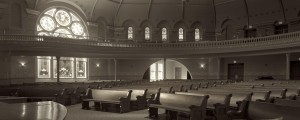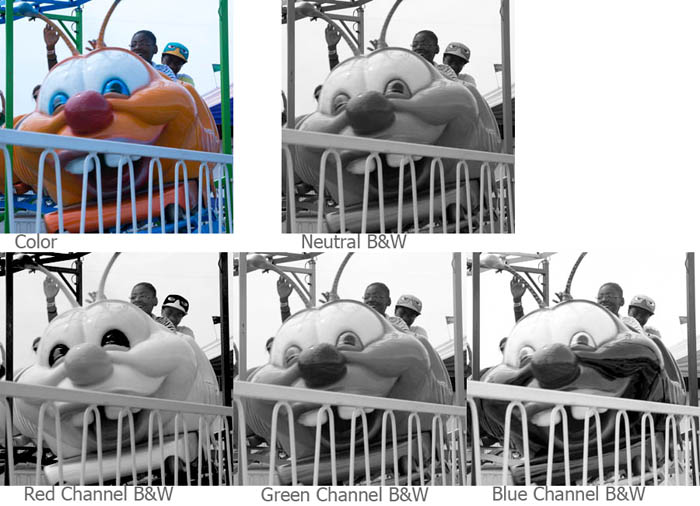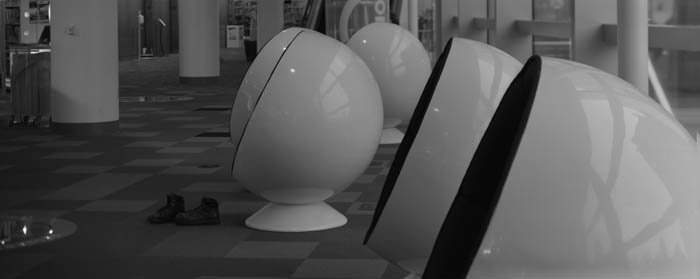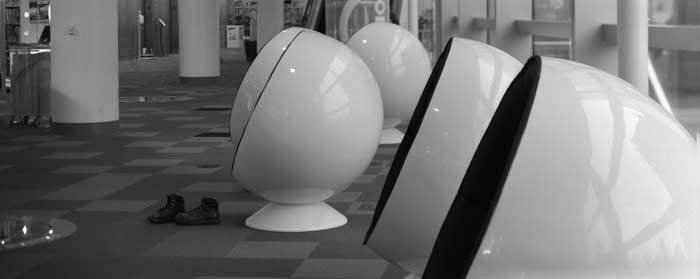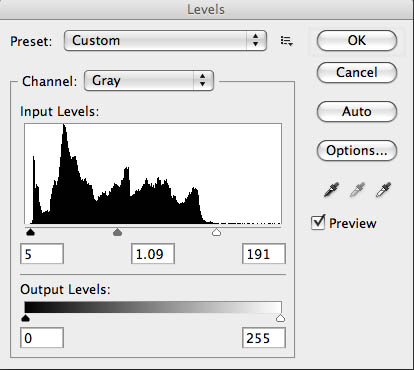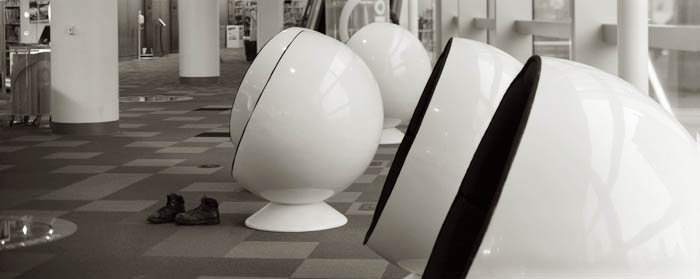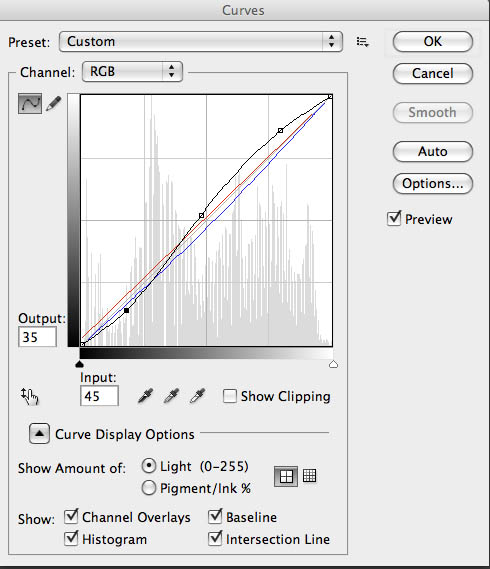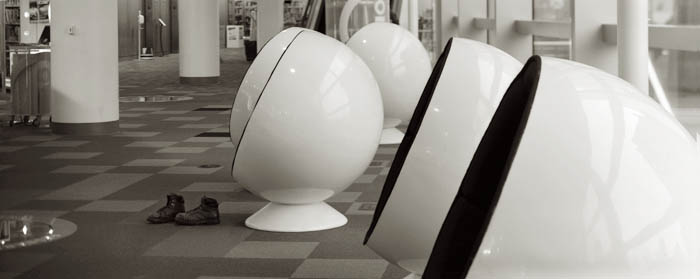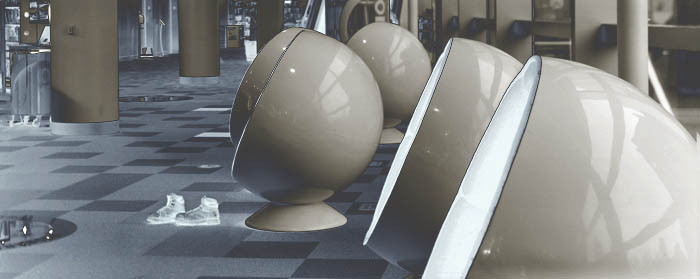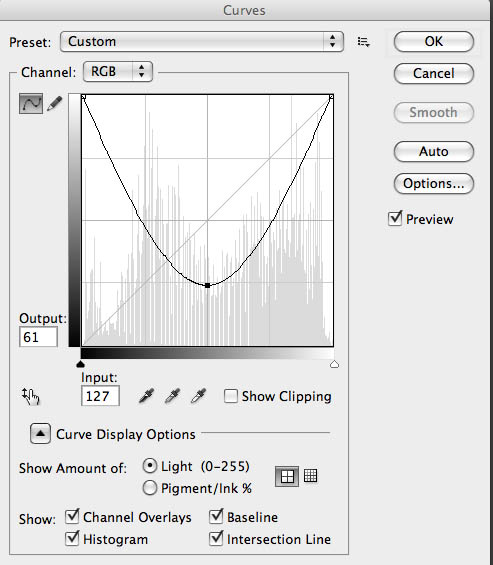It’s been a while since I got to blog. As some of you may know I had problems with nerve pain that kept me in bed. Anyway it’s great to be back. I’m so grateful to be able to stand and walk. I’ve been working for a few clients: Alter’d States & National Gypsum, and I have a shoot for the Future Farmers of America next week. I’m also glad that my books are still selling; both are in the top 100 of their categories today. Pretty good performance since the last one was published three years ago. I really liked working with Amherst Media, and I’d just like to say: Thanks for those royalty checks!” So buy one more copy today. They make great gifts. I’d also like thank the over 2,700 people who are registered subscribers to this blog. I’d just like to ask why?
I got to do a One on One workshop with a student from Illinois just after I got back on my feet. I really like the chance to work with individuals in these workshops. The two of us worked together in the studio, doing demonstrations and applications. When I started working with lights I heard all sorts of things about how different the tools worked, but I only learned how to predict my shots by doing shots. It took a long time because I didn’t test each tool individually. When I started testing each of my tools I was able to see how the tool would work in my mind. I’d like to add here what my student said about the workshop: “I just wanted to drop you a line to thank you for the one-on-one Studio class that I attended with you a week or so ago. This was a great adventure in lighting and I cannot tell you how much I learned about the subject. I think the concept of how to see the light and how you must know how each lighting tool (i.e.: snoots, barn doors, umbrellas, etc.) modifies the light has been extremely helpful in my understanding of the whole concept of total lighting of a subject, be it a person or an object. Your concept of pre-visualizing what you want the finished product to look like is absolutely necessary. Since my return home I have been trying to do just that with some really great results. I only wish that we could have spent some more time in a hands on practicing mode, but the entire day was spent on the above concepts. Well worth the time spent. I think if I can work it out, I will try to schedule another day with you for the experience of actual putting in practice the concepts that were taught in the class I just completed. I must say that anyone who would like to understand and light people and/or object will be very pleased with a day, or better yet two days, with you in a one-on-one day . Thanks again for your time and knowledge.”
It’s always nice to hear good things about what I do!
If you can visualize how your lighting tools work you can build a shot in your mind before you even pick up your lights. This is one of the ways a photographer pre-visualizes an image. The process of building a photograph in your mind enables another level of creativity than finding and recording a shot. I like to work with people who want to build photographs and give them tools and techniques that help.
I’ve included a couple of test shots from the workshop. You might want to see if you know what tools we used for each test shot. The important thing is to test your own tools so that you really know how they light.
If you want to do a One on One workshop please get in touch. My e-mail is john@siskinphoto.com. We can discuss what you want to do in your workshop. You might also want to check out the workshop page of my site: www.siskinphoto.com/workshop.php and this earlier blog entry: www.siskinphoto.com/blog/?p=2703 about the One on One Workshops. The cost is still only $425, which is a great deal since you get personal attention and all the facilities of my studio.
Speaking of learning opportunities, I posted another of the lessons I offered through BetterPhoto. You can download these lessons for free at the workshop page of my site: www.siskinphoto.com/workshop.php. If you want to have me critique your assignments there is a small charge.


